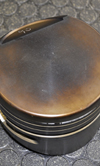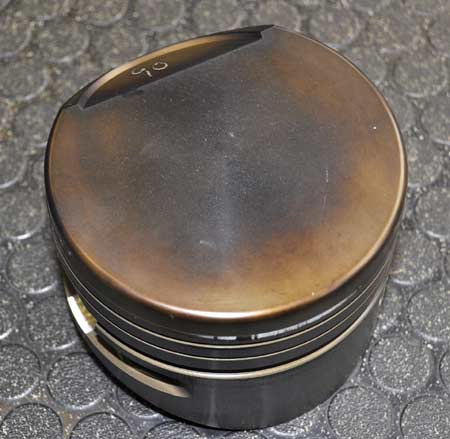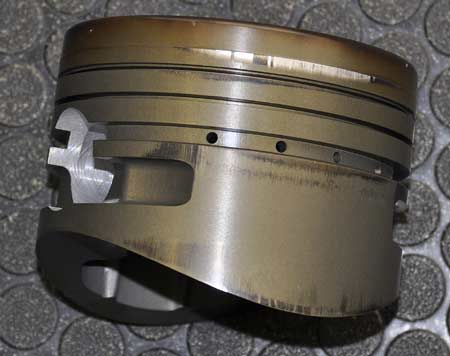Changing the combination
 When Bob Vandergriff Jr decided to take his operation full-time in the National Hot Rod Association Full Throttle Drag Racing Series Top Fuel category, he also made the commitment to change his tune-up combination in order to run with the balance of the field more readily.
When Bob Vandergriff Jr decided to take his operation full-time in the National Hot Rod Association Full Throttle Drag Racing Series Top Fuel category, he also made the commitment to change his tune-up combination in order to run with the balance of the field more readily.
According to crew member Rob Hauser, "We're trying to adapt to a newer, more late-model tune-up for 2011 than we used in years past; we're going with what a lot of the other teams are running."
When Vandergriff Motorsports was running a limited number of races during the past few years, an aggressive tune-up wasn't necessary. He wasn't trying to secure championship points - as he is now - and didn't have the full-season backing of C&J Energy Services.
To make the adjustments, Vandergriff opted for a Venolia three-ring piston, one he's been using since the start of the 2011 season. "We wanted to be a bit more competitive and give ourselves the best chance we could, so that's why we're using Venolia pistons," Hauser told me.
As Hauser and the balance of the crew strive to gain consistency with their new tune-up "to where we want it - above 75% - we're working on getting faster down the track, and this new piston is helping.
"We're getting a greater number of runs out of the piston and we're not having any kind of lean conditions where we're back-siding the piston and melting the back side, or scuffing. We're getting three to five runs out of our new pistons," he said.

The piston spec changed as Vandergriff's team went to a higher compression than before - about 6.875:1 up to 6.9:1, which is pretty much standard for the class, Hauser noted.
Most of the wear occurs on the left-hand side of the skirt on each piston. It happens on the intake side on the right-hand side of the engine and on the exhaust side on the left.
"We just wish we knew why," he mused. "We're getting some rocking and we haven't figured out exactly why - it's all part of that tune-up thing. So we're working with our pistons, rockers, camshaft and the rods to make sure everything's happy together to run down the track.
"We're getting a little bit of wear above the top compression ring and this, too, is a mystery. The configuration we're using normally shows wear just on the exhaust side on both sides of the motor," Hauser said. "There is a little bit of wear that comes from the rocking we're experiencing [which manifests itself on the top ring land area]."
With the higher compression the team is running, "The piston is out of the cylinder a little bit farther, but then again, our cylinder heads are also a little bit higher," Hauser said. "It's not as much as you might think, but it's still a bit higher compression than what we're used to." The piston weight is 1 lb 11 oz (765.43 g).

The specified piston has a flat dome but does get "a little sink in the middle, so we keep track of that to know how much the chamber and piston combination has grown. We 'cc' every chamber of every head and we need to know if the dome of the piston is still flat, so it takes up the same amount of area from cylinder to cylinder, or if the dome has actually dished," Hauser said.
There are different compressions run on the engine - five cylinders have one compression and the other three have a lower one than the five. Hauser reports that most of the abuse he's seen is going to the number 3 piston in the V8 array.
Because they're still experimenting with the tune-up and getting all parts to the point where they complement one another, the Vandergriff team isn't exactly running the engine on the ragged edge as much as others might.
"The fuel curve has been fantastic with this new piston and they're living for quite a while. It's not too rich and not too lean - the curve is just right for the power level we're at right now," Hauser said.
Fig. 1 - This image shows wear on the flat dome (Photo: Anne Proffit)
Fig. 2 - Scuffing on the skirts occurs when the piston rocks (Photo: Anne Proffit)
Written by Anne Proffit